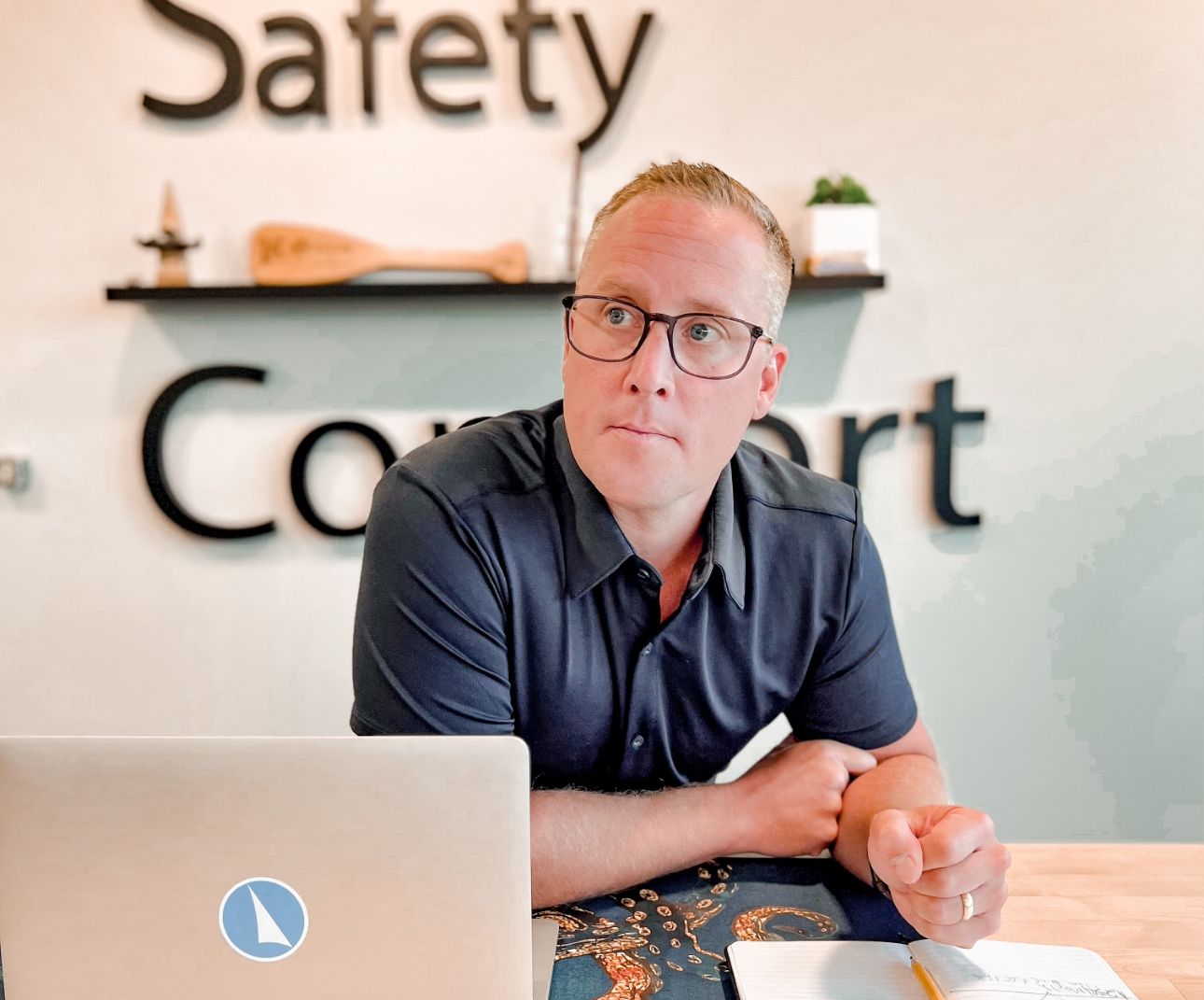In most industries, website metrics such as time on site are viewed as indicators of success. The longer visitors stay on your website, the higher the assumption that they’re engaging with your content, which often translates into positive user experience (UX) and effective user interface (UI) design. However, this isn’t always the case — especially for senior living communities. In fact, a high time on site could signal problems with your website’s usability and lead to lower conversion rates.
The Misconception About Time on Site
It’s important to understand how Google measures time on site. For Google Analytics to record any time on site, the visitor has to navigate from the landing page to at least one other page. If they abandon the site after viewing just the landing page, the session doesn’t count toward the time-on-site metric; instead, it adds to your bounce rate.
For senior living operators trying to boost occupancy, a higher time on site could actually signal that visitors are struggling to find what they need, leading to frustration and, ultimately, fewer conversions. When users spend more time “wandering” through your site without taking decisive actions, such as scheduling a tour or filling out a contact form, it’s not good.
Why a High Time on Site Can Lower Conversions
At first glance, you might assume that a longer time on site means potential residents or their families are engaged with your content. But in reality, the longer a visitor spends searching for important information, such as pricing, services offered, or community amenities, the more likely they are to leave without converting.
When your website doesn’t provide clear, easily accessible information on the homepage or key landing pages, visitors are forced to dig through multiple pages. This confusion can result in a higher time on site, but it’s not a win —it’s an indication that your website may not be delivering the right information upfront, leading to visitor frustration.
Simplify the User Journey
To increase conversions, it’s critical to simplify your website’s user journey. Here are a few ways to do that:
1. Provide Clear Calls to Action (CTAs): Every page should have strong, obvious CTAs that guide visitors toward key conversion points, such as scheduling a tour or requesting information.
2. Make Key Information Easily Accessible: Ensure that visitors can find essential information, like pricing, services, and amenities, immediately on your homepage or via clear navigation.
3. Optimize Landing Pages for User Intent: Tailor your landing pages to meet specific visitor needs. For example, a landing page focused on memory care should provide direct information relevant to that service without requiring users to search.
4. Reduce Distractions: Avoid cluttering your site with too many options or unnecessary content. The more focused and streamlined the experience, the easier it will be for visitors to take action.
5. Prioritize Mobile-Friendly Design: With more users browsin websites from mobile devices, ensure your website is fully responsive. A poor mobile experience will lead to longer load times, higher bounce rates, and fewer conversions.
6. Improve Site Speed: Slow load times can discourage visitors from exploring your site further, increasing bounce rates. Use tools to test and improve your website’s speed to retain users.
A higher time on site might seem like a success, but it can be a sign of poor user experience. By simplifying the user journey, providing clear information, and optimizing the website for conversions, you can reduce bounce rates and help visitors make faster, more decisive decisions. This will lead to improved conversion rates, ultimately boosting occupancy in your senior living communities.
If you’d like to learn more about optimizing your website to improve conversions, schedule a call with us today! We’re here to help you turn website visits into real-life tours and move-ins.










